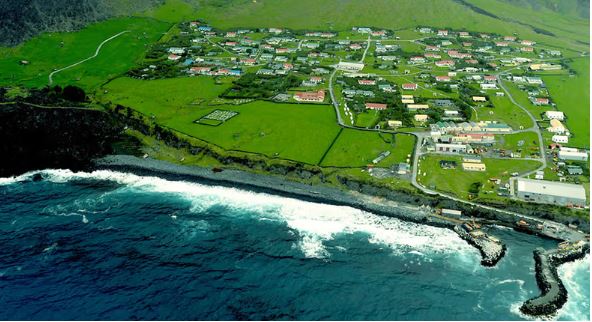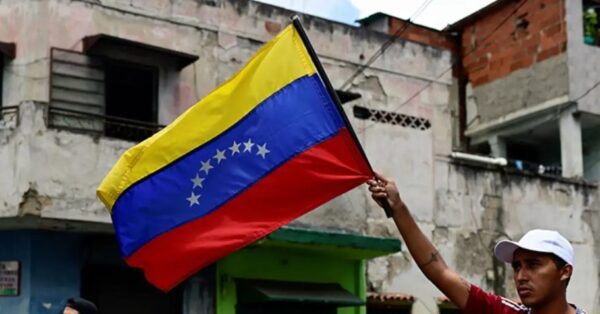Lifestyle
Tristan da Cunha, the most remote place on earth with only 238 inhabitants

Discovered in 1506 by Portuguese admiral Tristão da Cunha, this islands is part of the British overseas territory.
With no airfield or airport, it is five to six days away by boat from the nearest land.
This remote archipelago, encircled by an active stratovolcano, offers unmatched seclusion, breathtaking scenery, and a small but resilient community of 238 residents.
The island’s economy is based primarily on traditional subsistence farming and fishing, though the commercial crawfishing industry, along with the sale of coins and postage stamps, generates foreign revenue.
Limited tourism provides income through accommodations, guided tours, and local crafts. Despite many applications to join this community, nicknamed “Utopia,” outsiders cannot purchase land, and it is nearly impossible to gain citizenship.
Almost all residents can trace their ancestry back to the original settlers. Inbreeding (marrying relatives) is quite high on this island, although they are not a lot of birth deficiencies as a result.
Tristan da Cunha is so isolated that sometimes the closest people to the island’s inhabitants are astronauts aboard the International Space Station.
The nearest neighbour is Cape Town, South Africa, located 1,732 miles to the east, while Saint Helena lies 2,437 miles to the north.
The island has just two churches, one school, one supermarket, one museum, one city hall, one cemetery, and one post office.
Does Tristan da Cunha sound like a place you would like to visit or live in?







